
Emerald 0.30ct
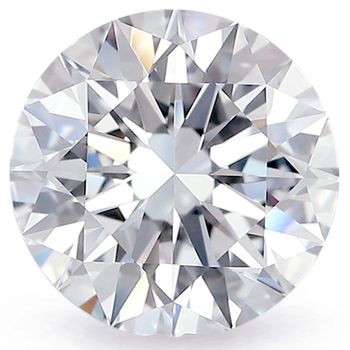
Round 0.30ct

Round 0.30ct

Round 0.30ct

Round 0.30ct

Round 0.30ct

Round 0.30ct

Round 0.30ct
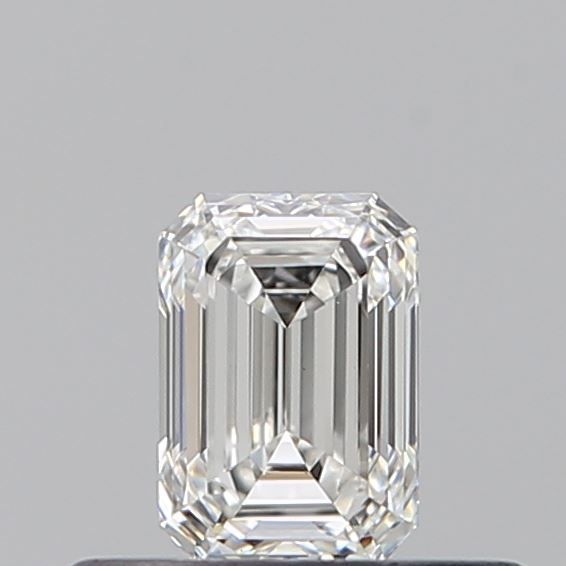
Emerald 0.30ct

Round 0.30ct

Round 0.30ct

Round 0.31ct
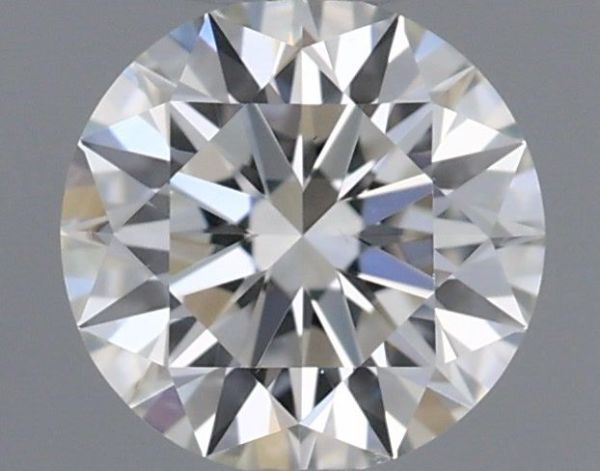
Round 0.30ct

Round 0.30ct

Round 0.30ct
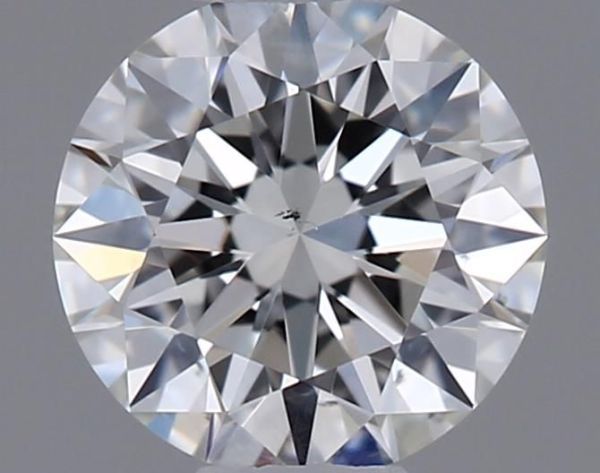
Round 0.31ct

Round 0.30ct

Round 0.30ct

Round 0.30ct

Round 0.31ct

Round 0.30ct

Round 0.31ct

Round 0.30ct

Round 0.30ct

Round 0.30ct

Round 0.30ct

Round 0.30ct

Round 0.30ct

Round 0.30ct

Round 0.30ct

Round 0.30ct

Round 0.30ct

Round 0.30ct

Emerald 0.30ct

Round 0.34ct

Emerald 0.30ct

Emerald 0.30ct

Round 0.32ct

Emerald 0.30ct

Round 0.30ct

Round 0.30ct
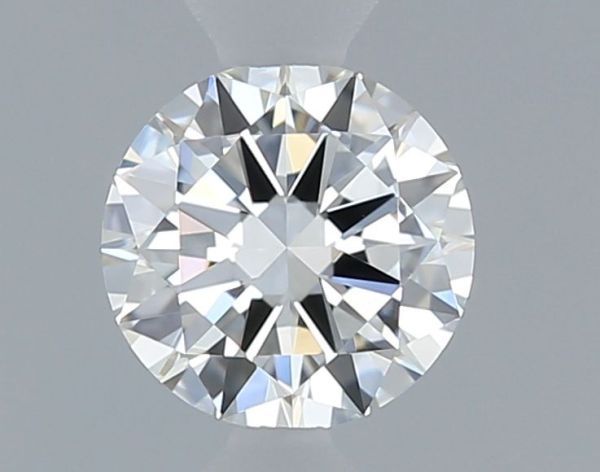
Round 0.30ct

Round 0.31ct

Emerald 0.30ct
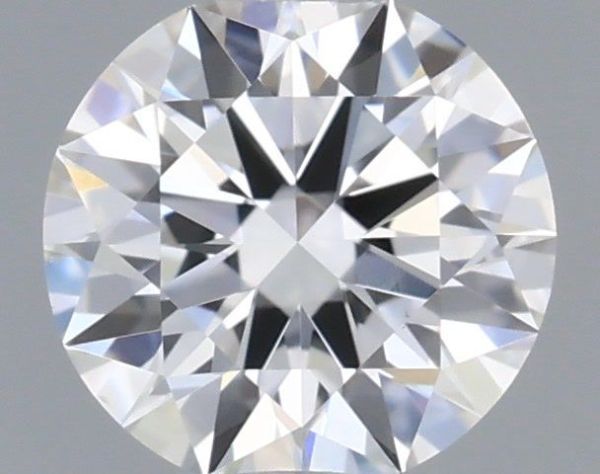
Round 0.31ct

Round 0.30ct

Round 0.30ct
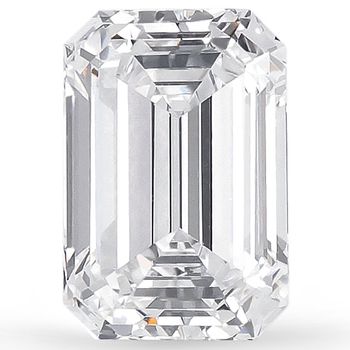
Emerald 0.30ct

Round 0.30ct

Round 0.30ct
About Our Natural Diamonds
The diamonds you will find in this diamond search can be purchased loose, or set into an engagement ring or jewellery piece.
All the diamonds listed here are GIA graded, certified and ethically sourced. Images, videos and sourcing location are available for most diamonds, upon request.
When shopping for a diamond through our diamond search, we suggest you first consider the diamond shape and your price point. The shapes available on our diamond search include round brilliant, cushion, oval, emerald, pear, princess or square, marquise, asscher, radiant, heart and hexagonal. However, we can source a whole host of different diamond shapes and cuts from antique cuts, like rose cut or the Old European to fully custom-cut shapes.
Once you have a shape in mind, we suggest you optimise for the diamond carat weight and its brilliance (measured by the diamond’s proportions and cut grade) and only then colour and clarity.
Other characteristics, including the diamond’s polish, symmetry, fluorescence, depth and table are important too, and your diamond consultant can advise on these characteristics.
The diamonds listed in our search tool are checked in person by our buyers to confirm they are eye-clean – their natural inclusions are not easily visible to the naked-eye. We then check for their brilliance and lustre, as we believe all our diamonds should have the maximum possible fire and sparkle.
This means that the diamonds listed here are checked again in person once you place your order. Once checked we e-mail you to confirm that the diamond you selected is beautiful and that we are proceeding with your order as planned.










